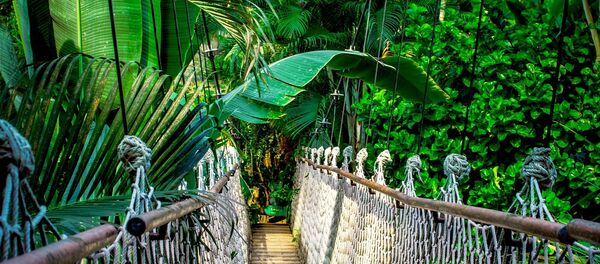Some previous estimates placed the age of Western Hemisphere's largest river at 2.6 million years, a claim that the team claims to have convincingly refuted.
The team, whose findings were published in the journal Global and Planetary Change, studied sediment samples from a borehole originally built for oil and gas exploration 2.8 miles below sea level. They found that, during the Late Miocene Epoch – which lasted from about 23 to 5.3 million years ago – sediment and residual plant matter went through a distinct shift.
The shift was caused by a switch in the source of the water from tropical lowlands to the Andes Mountains. The borehole had been previously studied by geochemists, but the team claims to have used advanced techniques not previously utilized.
'We were able to narrow down the age of onset of the Amazon River because we sampled the transition interval in a classical section of the Amazon submarine fan, where the sediments transported by this river are deposited and as a result accurately record its evolutionary history. We applied high resolution analytical techniques not previously performed in the region," says professor Farid Chemale, senior author from the University of Brasilia.
Chemale claims that their findings are the last word on when the Amazon formed. One major consequence of an "old Amazon" is that it means the mighty river was there during a global cooling event that started 5 million years ago, the Plio-Pleistocene event.
"Our new data confirm an old age for the Amazon River and also point at an expansion of grasslands during the Pleistocene that was not known before," said study lead Carina Hoorn with the University of Amsterdam's Institute for Biodiversity and Ecosystem Dynamics.
"Further research on land and at sea may give further answers but will require investment in both continental and marine drilling."




